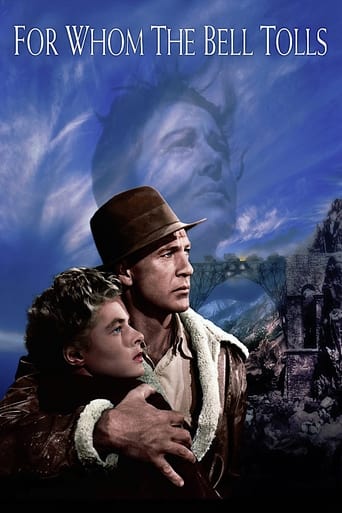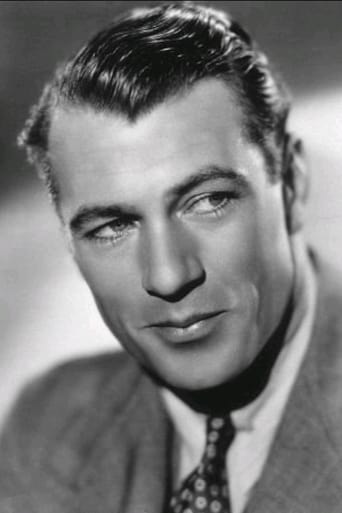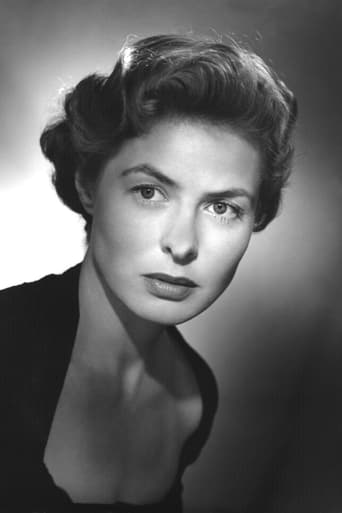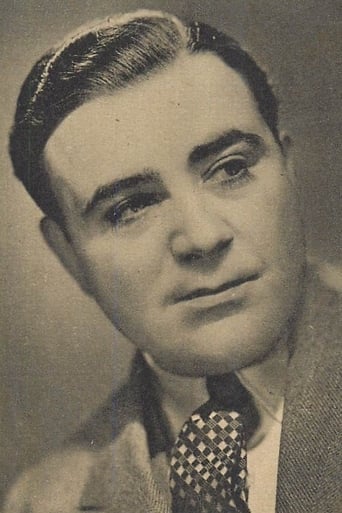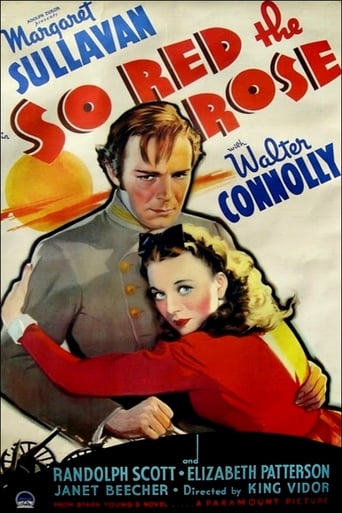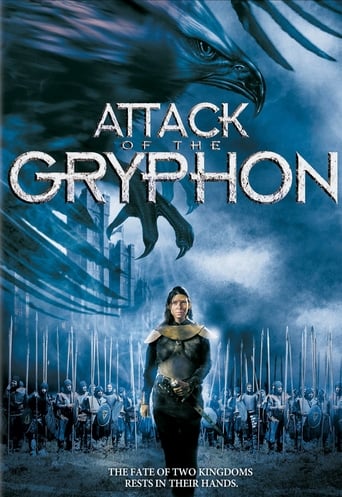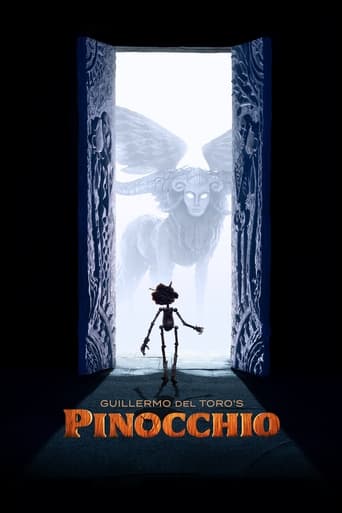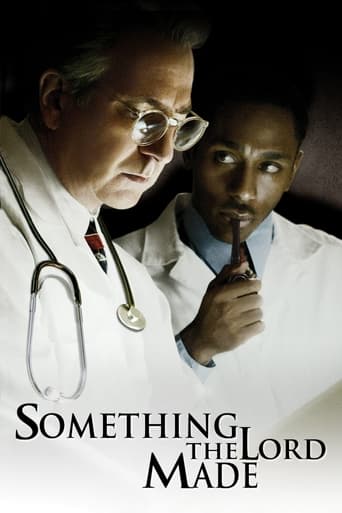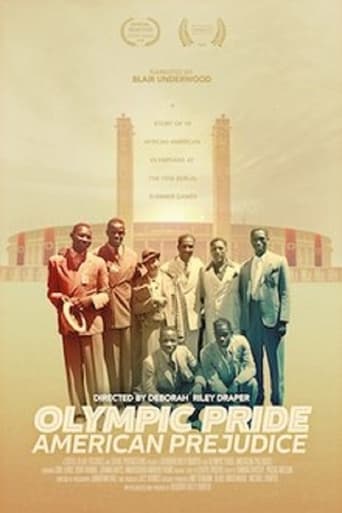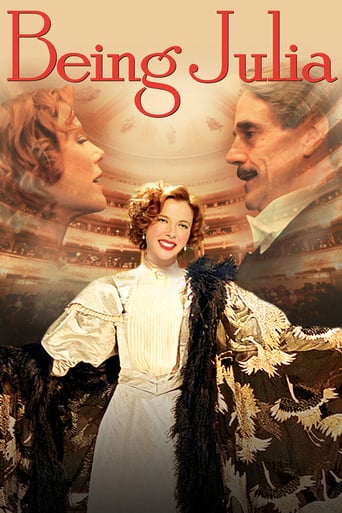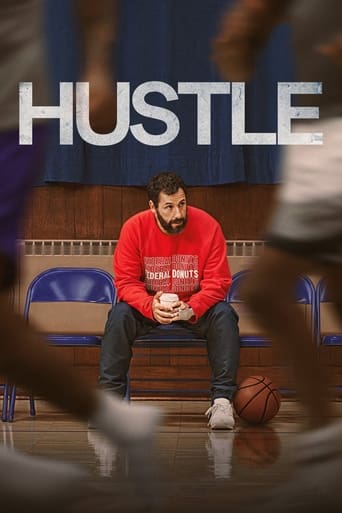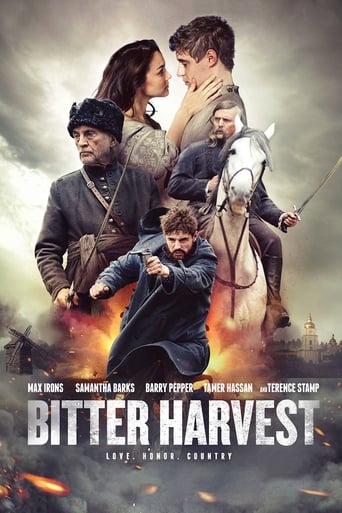For Whom the Bell Tolls (1943)
Spain in the 1930s is the place to be for a man of action like Robert Jordan. There is a civil war going on and Jordan—who has joined up on the side that appeals most to idealists of that era—has been given a high-risk assignment up in the mountains. He awaits the right time to blow up a crucial bridge in order to halt the enemy's progress.
Watch Trailer
Cast


Similar titles
Reviews
In truth, there is barely enough story here to make a film.
To all those who have watched it: I hope you enjoyed it as much as I do.
Very good movie overall, highly recommended. Most of the negative reviews don't have any merit and are all pollitically based. Give this movie a chance at least, and it might give you a different perspective.
The film never slows down or bores, plunging from one harrowing sequence to the next.
Undoubtedly the major project of Sam Wood's career. This itself is a wonderful oddity that could only occur in fabled Hollywood. Sam Wood was a staunch anti-Communist who was directly responsible for the McCarthy witch hunts and here he is dedicating himself to a film in which the Communists are presented as heroes! Admittedly, the script makes some attempt to confuse these political realities by calling the Communist Loyalists "Republicans" and the opposing Fascists "Nationalists", but this subterfuge will fool no-one.Anyway, the wheeling and dealing which went into the making of the film is almost as interesting as the film itself. Briefly, Wood was forced to make The Pride of the Yankees for Goldwyn (in order to secure Cooper's services) in the middle of production. He had actually commenced Bell late in 1941, filming non-Cooper scenes in the High Sierra Nevada Mountains of northern California. Bell was then suspended while Wood made the Goldwyn picture, resuming production in June 1942 in the Sonora Pass district of the Sierras. The company remained on this difficult location (at an elevation of ten thousand feet) until the first week in September. Returning to Paramount studios for interior scenes, shooting was finally completed by the end of October.For all its difficulties and subsequent acclaim, For Whom the Bell Tolls is a bit of a disappointment. True, it captures a great deal of the Hemingway spirit and flavor, the locations are often breathtaking and Bergman never gave a more poignant or moving performance, but the film (even in its shortened form) is too long to sustain the interest of even the most indulgent audience. The problem of course is Dudley Nichols' screenplay. Verbose and over-talkative on the one hand, lacking in plot development and tension on the other (just about all the action excitement is saved for the climax), its characters are one-dimensional "types" and its story moves sluggishly to an absolutely foregone conclusion.Of the supporting players, only Katina Paxinou (who fully deserved her Academy of Motion Picture Arts and Sciences' award) manages to rise above the speechiness of her dialogue to clothe her character in real flesh and blood. Tamiroff (assisted by moodily shadowy photography) over-acts his villainy to such an extent one seriously questions the sanity of the other players who are taken in by his gross and clumsy attempts at deception. This further robs the script of tension.Fortunately, Cooper and Bergman do rather better. Cooper is always reliable, though his slow mannerisms tend to make a slow plot even slower and he is just a little too credulous (and too idealistic) to be always 100 per cent sympathetic. But he is 90 percent believable and his restrained performance is far more engrossing than the ripe scene-chewing indulged in by Tamiroff, Sokoloff and company.Bergman of course is absolutely perfect. The screen literally lights up whenever she is on-camera. Equally luminous as her performance in Casablanca yet totally different in scope and character, Bergman proves herself to be the cinema's foremost dramatic actress of the 1940s.In addition to Bergman's winning portrayal, the film's other assets are its most attractive music score and its wonderful photography. Wood and Menzies make such effective use of the High Sierra locations, they tend to show up obvious studio matte and model work. Menzies brilliantly planned the dramatic camera angles so that compositions and lighting frequently stir the senses.Certainly worth seeing - but don't expect a totally gripping, totally involving entertainment (except when Bergman is on screen).
This is a fine film, very popular in its day for depicting the desperate fight for freedom that even civilians engaged in by choice, at a time when democracy was in fact truly threatened and there was a very real possibility it would disappear from the earth. Because of the bravery of so many men and women of that time, the freedom that many today take for granted was assured. But it is by no means permanent.The film is relatively heavy but certainly many modern films about current events are equally heavy. One is either involved or not but I found it a great story of a small group of people who have survived a great deal of pain in life and who have little to lose. The film presents the characters very well, allowing us to like and understand them. It was shot in Technicolor on realistic locations and beautifully designed by William Cameron Menzies. The music by Victor Young is outstanding.In case anyone may not know, Ingrid Bergman was the choice of Ernest Hemingway. In fact, he went out of his way to see to it that the ballet dancer and actress Vera Zorina, who was originally cast and who had begun shooting the film, was replaced by Bergman. Hemingway also wanted Gary Cooper and no one else to play Robert Jordan. How can these actors be 'miscast' when the author who created the characters felt they were perfect for the roles?
As a Spaniard and a historian, I've always found this film deeply moving. Here in Spain, the films on our Civil War have become so common that, for youngest people, the war seems to be some kind of ancient mythology. This movie allows us to see how the Spanish War was perceived by other countries in contemporary dates. Actually, we cannot forget its importance as a test for WWII. Maria's life remind me of the stories that my grandma used to tell. Men went to war, but women were often ravaged by the winner army as revenge. What really amazes me is the lack of awareness that many people have on my country and their audacity on showing it. I think that's the effect of decades of Mexican actors playing Spaniards in Hollywood films. As a blonde, pale skinned, Caucasian woman, as the majority of my compatriots (remember, we're Europeans), I think Bergman's appearance fits perfectly her part.
For some reason I have developed a liking for Ernest Hemingway, the writer of For whom the bells tolls. His characters have the bravery and lack of fear (or is it manliness?), which I also enjoyed with for instance John Wayne. With regard to the intellectual content, I am less certain about the excellence of Hemingways narratives. Nevertheless, For whom the bell tolls is a true epic. And the Spanisch Civil War is an outstanding stage for the unfolding of a story. Here the people had chosen a government that originated from their own ranks. And when the conservative military tried to seize power, the people put up a resistance that was both heroic and long lasting. The fascist military got support from its allies in Italy and Germany, whereas the Republic was reinforced with International Brigades of all kinds (but with a dominance of Bolshevists). In the film we see an American professor, Roberto, who works as a saboteur for the Republican Peoples Army Headquarters. He is ordered to blow up a bridge in the Spanish mountains, as part of a republican offensive. Unlike many foreign fighters, during his quest Roberto is embedded in a group of Spanish partisans. The film is easily accessible, and is never boring, alth0ugh it contains no surprises. There are little political moments, and actually the film has been dubbed as one of the greatest romances. For Roberto yields to the intimate advances of a young girl named Maria. During the war her republican parents were killed and she herself was raped by the nationalists. It is evident that she is in great emotional anguish, which combines with an adolescent instability. What does Hemingway intend to express? The dialogs seem superficial and devoid of clues. So I guess Hemingway uses the whole entourage as a parable, just to reflect on the war itself. For although the Spanish Civil War has gained an image of social progress and human liberation, contemporary sources suggest that the society was still primitive and in the feudal stage. It may well be that the Spanish situation resembled the turmoil in Russia around 1917, that has been portrayed so skillfully in Doctor Zhivago. In fact the leader Pablo of the partisan group was responsible for the massacre of the nationalists in his own village. During the expedition Pablo murders a few partisans from another group, who had joined him in an attack on enemy positions. "I only care for my people", Pablo explains. It may well have been the experience of Hemingway himself, that the heraldic partisans were in fact simple farmers, who wanted to get rid of the land owners, and disliked anything outside of their field of vision. What appeared as anarchism was perhaps backwardness. Such a state of mind might explain the primitive cruelty of the war, as is portrayed in the film. Then the romance with Maria might represent Hemingways passion for the poor people of Spain. In the last scene, when Roberto prepares for the final battle, he ponders over his devotion. Is it towards America? Spain or the Republic? No, it is towards the desolate Maria. Anyway, I find the film recommendable. However, I definitely prefer the little-known film "Fuenf Patronenhuelsen", also about the Spanish Civil War, and even about a similar mission. You might also consider the Ivens documentary "The Spanish Earth", also with Hemingway. The Loach film "Land and Freedom" is also worth seeing. If you like social films in general, then have a look at my other reviews.

